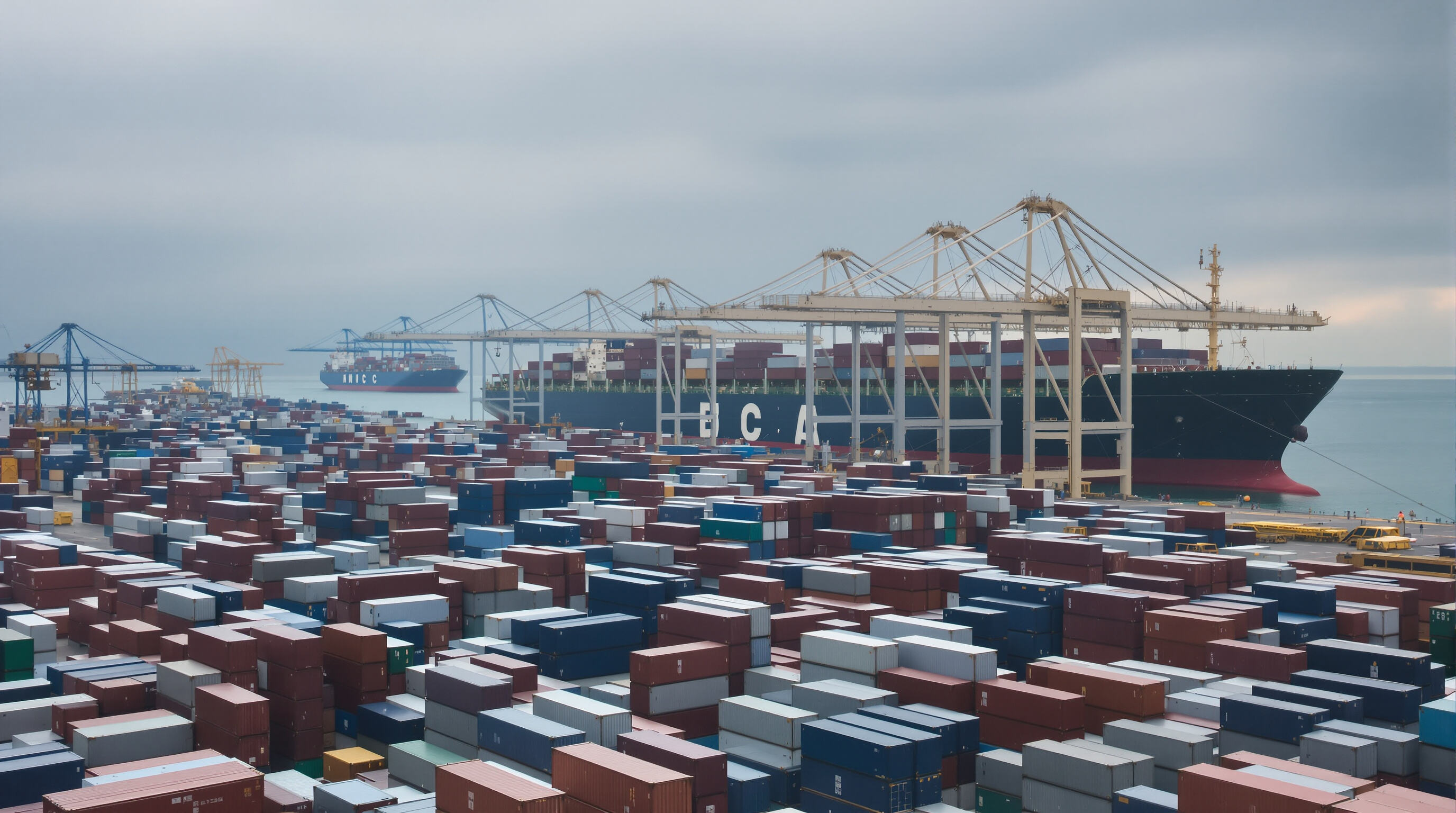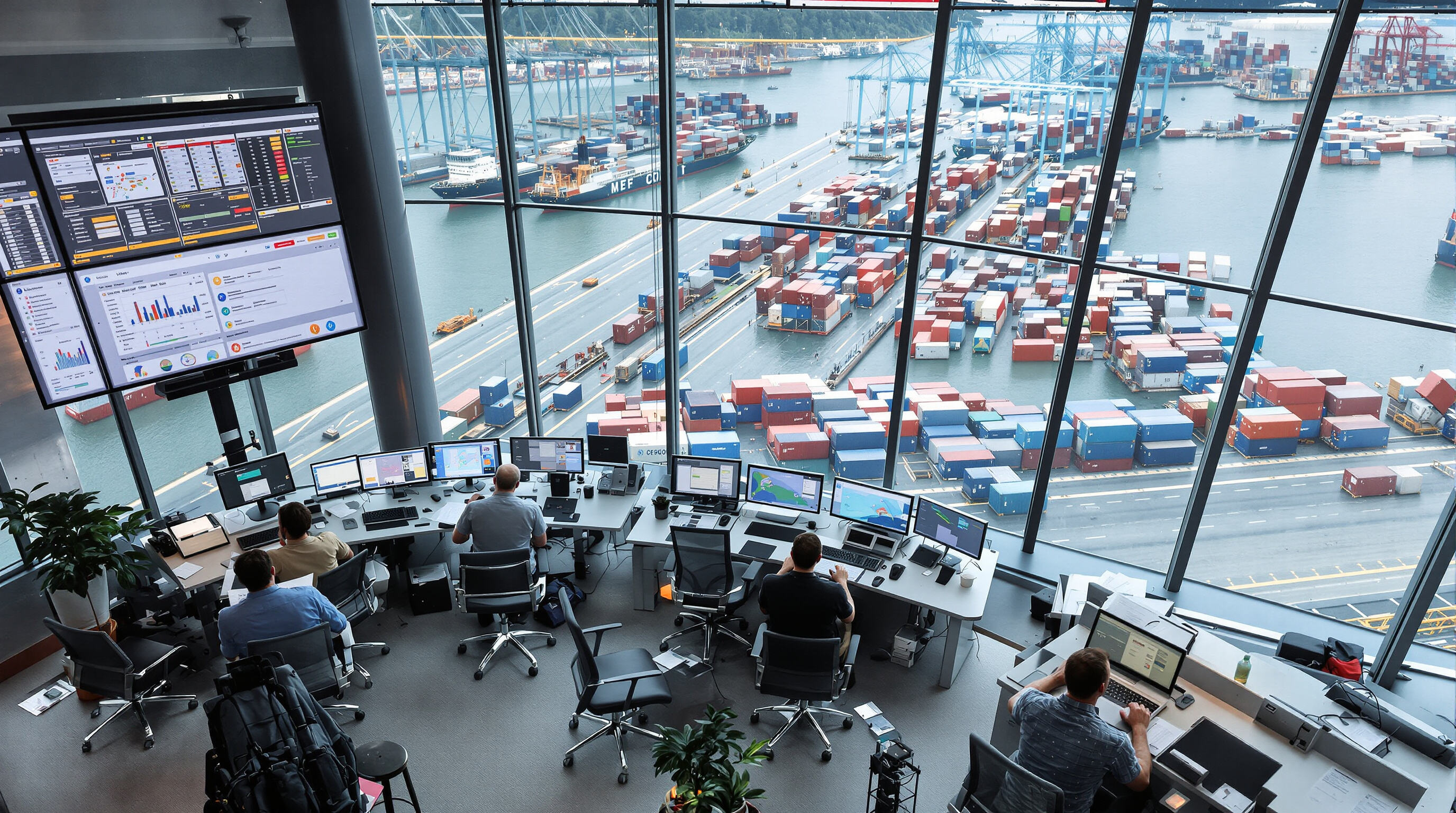ORIENT GLOBAL FREIGHT FORWARDING Co., Ltd. is a leading logistics provider, offering comprehensive sea freight solutions for businesses of all sizes. In an increasingly globalized trade environment, sea freight remains one of the most cost-effective and reliable methods for transporting goods internationally. Whether you are importing raw materials or exporting finished products, understanding sea freight forwarding services is essential for optimizing efficiency and reducing costs. In this article, we will explore the benefits of sea freight forwarding, the step-by-step shipping process, and the key factors that influence cost.
A sea freight forwarder acts as an intermediary between shippers and shipping lines. Their role is to manage the complex logistics of moving goods from the point of origin to the destination port, ensuring compliance with international regulations and minimizing potential delays.
Freight forwarders take care of a wide range of logistics tasks, including:
By handling these responsibilities, freight forwarders save businesses time, reduce risk, and improve overall shipping efficiency.

Engaging a professional sea freight forwarder provides numerous advantages for businesses navigating international trade.
Sea freight is generally more economical than air freight, particularly for large or heavy cargo. Freight forwarders rely on their relationships with shipping lines to secure volume discounts, passing on savings to their clients. For instance, companies shipping bulk raw materials, machinery, or consumer goods can considerably reduce per-unit transportation costs by using a forwarder.
Managing international shipments independently can be complex, involving multiple parties, regulations, and deadlines. Freight forwarders simplify the process by coordinating all logistics elements. They provide a single point of contact, ensuring timely communication and updates throughout the shipping journey.
International shipping carries common risks, including cargo loss, damage, and delays at customs. Forwarders mitigate these risks by offering insurance options and ensuring strict adherence to international trade regulations. This reduces the likelihood of costly fines, penalties, or shipment rejection.
Established forwarders like ORIENT GLOBAL FREIGHT FORWARDING Co., Ltd. maintain a vast network of shipping lines, port agents, and local partners worldwide. This network ensures efficient coordination across multiple countries, even for shipments to remote or challenging destinations.
Modern freight forwarders provide real-time shipment tracking, allowing businesses to monitor their cargo at every stage. This transparency enables proactive problem-solving and keeps clients updated about estimated arrival times, port delays, or customs requirements.
The sea freight process involves several stages, from initial booking to final delivery. A clear understanding of this process helps businesses plan and manage their shipments efficiently.
Booking cargo space is the first critical step. Freight forwarders advise clients on suitable vessels, schedules, and container options. They consider factors such as transit time, shipping route, and cargo type to recommend the most cost-effective and reliable solution.
International shipments require precise documentation to ensure smooth customs clearance and legal compliance. Key documents include:
Freight forwarders manage document preparation and verification to prevent errors that could lead to delays or fines.
Depending on the shipment size, cargo may be transported as:
Forwarders oversee proper packaging, labeling, and consolidation to ensure safe and efficient transport.
Customs clearance is a critical step in international shipping. Freight forwarders liaise with authorities to ensure compliance with duties, taxes, and regulations. They also provide guidance on tariff classifications and necessary permits, minimizing the risk of inspection delays.
Once cleared, the cargo is loaded onto the vessel for ocean transport. Transit times vary based on route, vessel type, and port congestion. Forwarders provide regular updates and tracking information, allowing clients to monitor the journey in real time.
Upon arrival at the destination port, the forwarder manages unloading, customs clearance, and final delivery. This includes coordinating inland transportation and ensuring goods reach the client’s facility safely. Door-to-door service simplifies logistics and reduces the administrative burden on the business.
Understanding what influences sea freight costs helps businesses budget and optimize shipping decisions.
Freight charges are primarily determined by cargo size and weight. Heavier or bulkier shipments require more space and handling, increasing the overall cost. Proper packaging and cargo optimization can reduce unnecessary expenses.
The distance and complexity of the shipping route directly affect pricing. Popular trade routes may offer competitive rates due to higher frequency and carrier competition, while remote or less-traveled routes may cost more.
Different containers cater to specific cargo needs:
Reefer or specialized containers typically cost more due to additional handling and energy requirements.
Shipping rates fluctuate with global demand, seasonal trade peaks, and fuel costs. Forwarders monitor these trends to advise clients on optimal shipping periods to reduce costs and avoid congestion.
Optional services, such as cargo insurance, packing assistance, and door-to-door delivery, add value but increase the total cost. Forwarders provide transparent pricing and guidance to help clients choose the right combination of services.
ORIENT GLOBAL FREIGHT FORWARDING Co., Ltd. is committed to delivering reliable, cost-effective, and efficient sea freight services. Key reasons to choose their services include:
By partnering with an experienced forwarder, businesses can focus on growth while leaving the complexities of international logistics to professionals.
Sea freight forwarding is an essential component of global trade. By working with a professional forwarder like ORIENT GLOBAL FREIGHT FORWARDING Co., Ltd., businesses can enjoy cost savings, simplified logistics, risk mitigation, and reliable delivery. Understanding the benefits, step-by-step process, and cost factors involved enables companies to make smart decisions, plan effectively, and ensure their goods reach destinations safely and on time.
Whether shipping full container loads or smaller consolidated shipments, sea freight forwarding provides efficiency, reliability, and peace of mind in today’s competitive global marketplace.

 Hot News
Hot News2024-11-15
2024-11-11
2024-11-06
2024-10-31
2024-10-28
2024-10-25